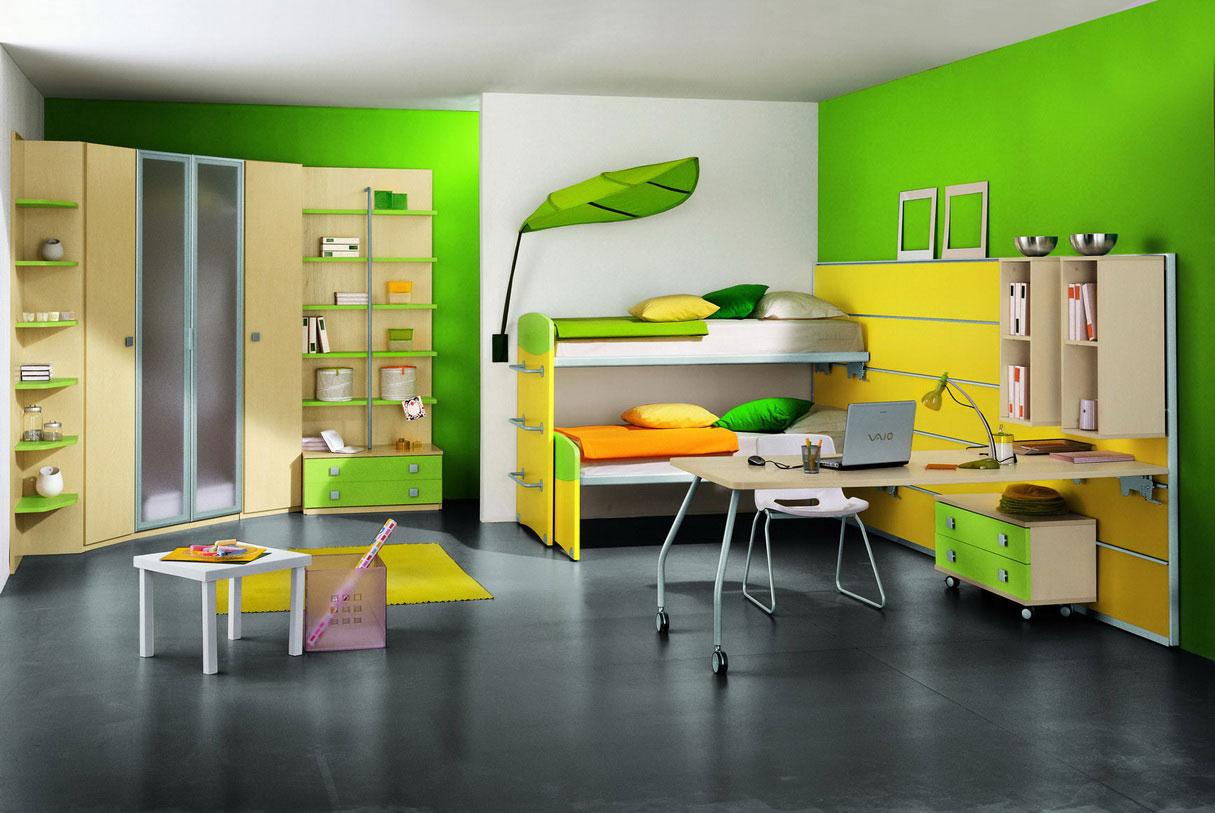Getting familiar with the different types of interior design styles is one of the most important steps in building your skills as an interior designer. After all, transforming spaces is what most designers love about their jobs!
Transitional interior design mixes traditional elegance with contemporary lines and textiles. It’s a simple but elegant style that can be dressed up with accent colors or kept neutral for a more subtle sophistication.
Residential
Residential interior design is the process of designing the inside of homes. This can include everything from choosing paint colours for walls and ceilings, to creating a new layout and installing advanced appliances. Residential interior designers work with homeowners and property developers to help them create beautiful and comfortable living spaces. They often specialise in specific home designs like kitchens or bathrooms.
There are also several sub-specialties within the field of residential interior design, such as kitchen design or home office design. These specializations allow designers to focus on the specific needs and requirements of their clients. They can even choose to specialize in a particular type of residence, such as condominiums or bungalows.
While the design goals of residential and commercial spaces are different, they both require a balancing act between aesthetics and functionality. Residential designers must ensure that the spaces are livable and comfortable, while commercial interiors must comply with regulations and codes regarding safety and accessibility.
Another key difference between commercial and residential interior design is the type of furniture used. Commercial spaces often use more functional and utilitarian furniture, while residential spaces often incorporate more decorative furniture pieces. Regardless of the type of space, both types of interior design require careful attention to detail and a strong understanding of the client’s personal taste and style.
Commercial
Commercial interior designers plan and design public spaces such as retail stores, office buildings, restaurants and more. They help businesses achieve their goals for the space while keeping it aesthetically pleasing for customers and employees. A commercial interior designer may also specialize in a certain type of space, such as healthcare or restaurant design.
One of the key ideas to keep in mind when planning an office design is the concept of balance. This is achieved by using a variety of design elements, such as lines, colors, forms, and textures. Choosing a balance of these can create a more appealing look and feel for the space. The lines in an office can be either horizontal, vertical, or dynamic and are a way to add dimension. OFS Interiors Providing Commercial Interior Design in Salt Lake City choose lines that expand the space and add ambiance.
The industrial style is another design trend that continues to gain popularity. This look is a true melding of function and form and displays building materials that would normally be concealed, such as cracked concrete or lengths of ductwork. Industrial designs can take on a rugged warehouse aesthetic or can be softened with the addition of textiles and splashes of color. ‘It’s about showing off the bones of the building and embracing its rawness,’ says Marketa Rypacek, founder of interior design brand Industville. This style also works well with other design styles such as Scandinavian and Japandi, resulting in an eclectic, yet seamless blend.
Hospitality
The hospitality industry is one of the world’s largest and most diverse industries. It encompasses many different sectors, including restaurants, hotels and the broader tourism industry (think travel agents and cruise lines). Hospitality is all about creating an enjoyable experience for customers. It is based on the principle of “xenia”, which means generosity and courtesy shown to guests and visitors.
The food and beverage sector of the hospitality industry includes restaurants and bars. It is a fast-growing segment of the industry, thanks to increasing disposable incomes and changing consumer tastes. Restaurants are continually innovating and adapting their offerings to meet customer demand.
Lodging is another major component of the hospitality industry, and it includes everything from boutique hotels to budget hotels. It is a growing sector of the industry, thanks to rising tourist numbers and the rise of online booking platforms.
The entertainment and recreation sector of the hospitality industry includes attractions such as museums, theme parks, and live performances venues. It is a growing segment of the industry, and it is an important way to create memorable experiences for tourists.
Industrial
There are several types of industrial interior design that can be found in commercial, retail, and office spaces. These styles are often more utilitarian than residential and tend to focus on maximizing space, providing safety for employees, and displaying products.
Neo-industrial style, a popular interior design trend that uses elements of traditional and modern styles, is one such example. This type of interior design is characterized by dark woods and metal furnishings, and is often highlighted with natural materials like concrete and stone. It also blends well with Farmhouse, Scandinavian, and Rustic decor.
Another type of industrial interior is the flex space. This type of interior is designed to be used in multiple ways and can include open floor plans, flexible walls, and furniture. This type of interior is a great option for businesses that want to promote a creative environment.
Commercial interior design includes a broad range of specialties, including commercial design, hospitality design, healthcare design, universal design, exhibition design, and spatial branding. In addition, there are many sub-fields within commercial design, including retail, office design, and visual merchandising.
Interior design is a profession that involves the planning and coordination of various aspects of a building or structure. It includes research, planning, site inspections, programming, construction management, and execution of the plan. The field of interior design encompasses all areas inside a building, from the furniture to the acoustics. It is different from interior decoration, which focuses on decorating a room or space with decorative items and furnishings.



